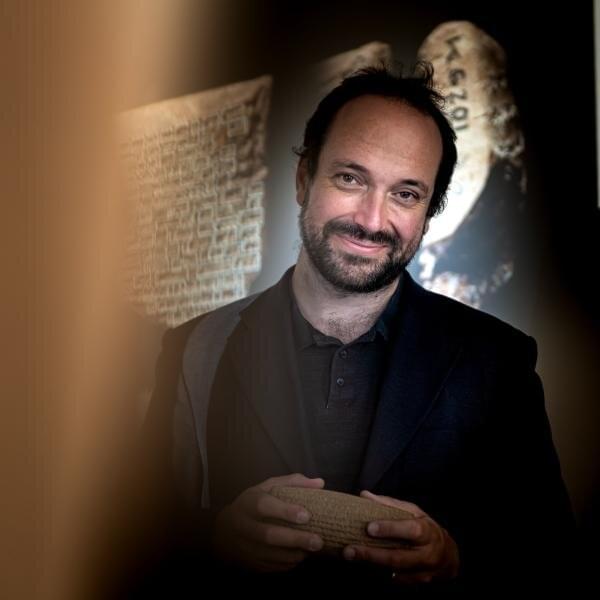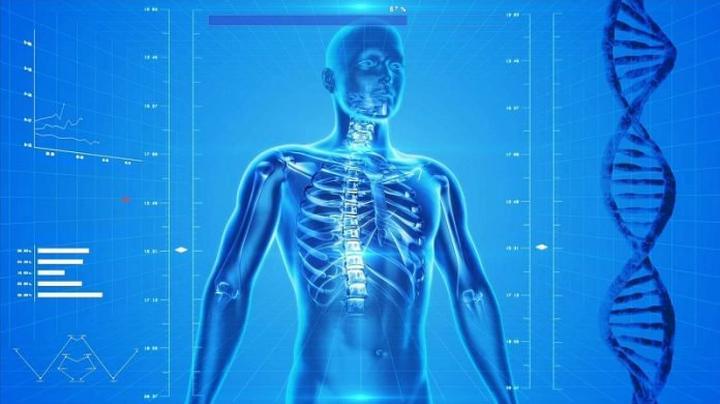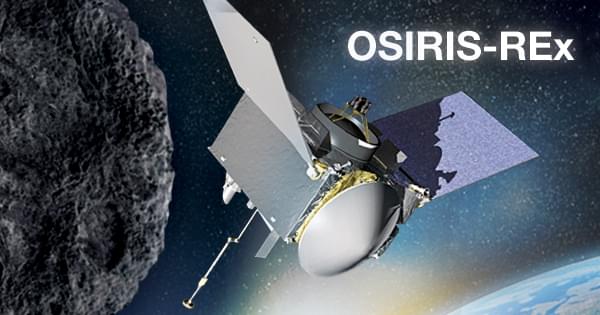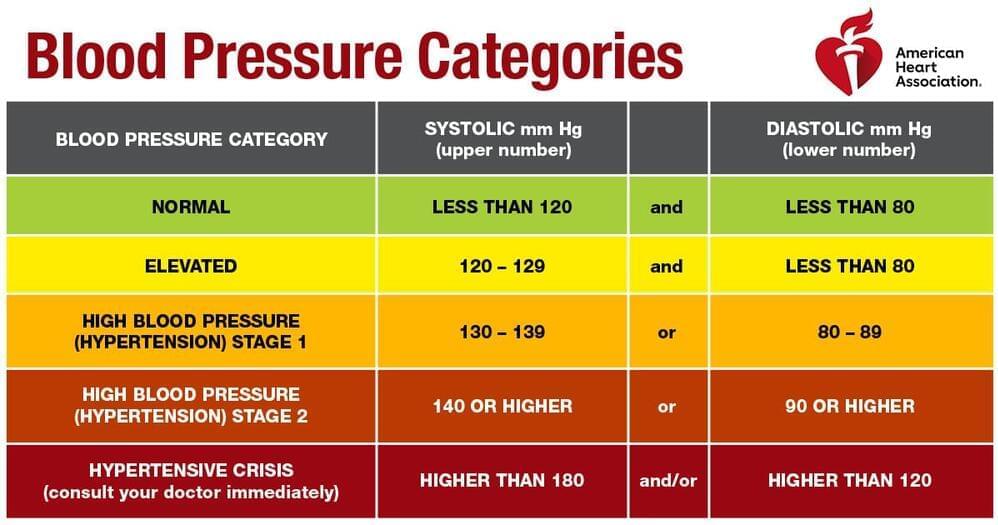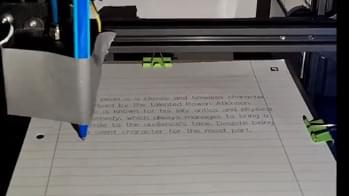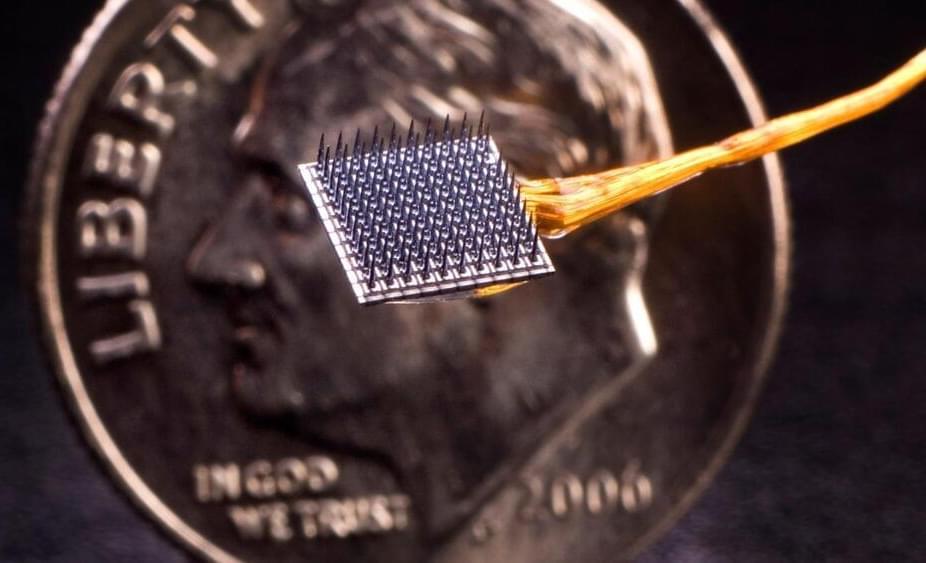Users will be able to use a AI-powered tool as a companion to Google’s search engine “very soon,” says Alphabet CEO Sundar Pichai.
How should we live when we know we must die? This question is posed by the first work of world literature, the Gilgamesh epic. More than 4,000 years ago, Gilgamesh set out on a quest for immortality. Like all Babylonian literature, the saga has survived only in fragments. Nevertheless, scholars have managed to bring two-thirds of the text into readable condition since it was rediscovered in the 19th century.
The Babylonians wrote in cuneiform characters on clay tablets, which have survived in the form of countless fragments. Over centuries, scholars transferred the characters imprinted on the pieces of clay onto paper. Then they would painstakingly compare their transcripts and—in the best case—recognize which fragments belong together and fill in the gaps. The texts were written in the languages Sumerian and Akkadian, which have complicated writing systems. This was a Sisyphean task, one that the experts in the Electronic Babylonian Literature project can scarcely imagine today.
Enrique Jiménez, Professor of Ancient Near Eastern Literatures at LMU’s Institute of Assyriology, and his team have been working on the digitization of all surviving cuneiform tablets since 2018. In that time, the project has processed as many as 22,000 text fragments.
A planet called Wolf 1,069 b has been found 31 light years away from Earth which has the same mass as our planet and is in the “habitable zone” due to its temperature Astronomers have found a similar sized planet to Earth which could be habitable due to the temperature and atmosphere.
Messenger RNAs (mRNAs) contain chemical marks that are critical for antiviral defense in cells, according to a new study from researchers at Weill Cornell Medicine. The finding solves a 50-year mystery concerning the purpose of these chemical modifications, and suggests that faulty mRNA modification may underlie some autoimmune and inflammatory disorders.
The OSIRIS-REx mission
Posted in space
𝐈𝐝𝐞𝐚𝐥 𝐛𝐥𝐨𝐨𝐝 𝐩𝐫𝐞𝐬𝐬𝐮𝐫𝐞 𝐦𝐚𝐲 𝐫𝐞𝐦𝐨𝐝𝐞𝐥 𝐛𝐫𝐚𝐢𝐧 𝐜𝐥𝐞𝐚𝐫𝐚𝐧𝐜𝐞 𝐩𝐚𝐭𝐡𝐰𝐚𝐲𝐬 𝐥𝐢𝐧𝐤𝐞𝐝 𝐭𝐨 𝐛𝐫𝐚𝐢𝐧 𝐡𝐞𝐚𝐥𝐭𝐡, 𝐝𝐞𝐦𝐞𝐧𝐭𝐢𝐚
𝘾𝙡𝙤𝙨𝙚 𝙧𝙚𝙫𝙞𝙚𝙬 𝙤𝙛 𝙈𝙍𝙄 𝙨𝙘𝙖𝙣𝙨 𝙛𝙤𝙪𝙣𝙙 𝙢𝙤𝙧𝙚 𝙞𝙣𝙩𝙚𝙣𝙨𝙞𝙫𝙚 𝙝𝙞𝙜𝙝 𝙗𝙡𝙤𝙤𝙙 𝙥𝙧𝙚𝙨𝙨𝙪𝙧𝙚 𝙩𝙧𝙚𝙖𝙩𝙢𝙚𝙣𝙩 (𝙩𝙖𝙧𝙜𝙚𝙩𝙚𝙙 𝙩𝙤 𝙖𝙘𝙝𝙞𝙚𝙫𝙚 𝙖 𝙨𝙮𝙨𝙩𝙤𝙡𝙞𝙘 𝙥𝙧𝙚𝙨𝙨𝙪𝙧𝙚 𝙡𝙚𝙨𝙨 𝙩𝙝𝙖𝙣 120 𝙢𝙢 𝙃𝙜) 𝙬𝙖𝙨 𝙢𝙤𝙧𝙚 𝙚𝙛𝙛𝙚𝙘𝙩𝙞𝙫𝙚 𝙩𝙝𝙖𝙣 𝙖 𝙡𝙚𝙨𝙨-𝙞𝙣𝙩𝙚𝙣𝙨𝙚 𝙩𝙧𝙚𝙖𝙩𝙢𝙚𝙣𝙩 𝙜𝙤𝙖𝙡 𝙤𝙛 140 𝙢𝙢 𝙃𝙜 𝙨𝙮𝙨𝙩𝙤𝙡𝙞𝙘 𝙞𝙣 𝙖𝙘𝙝𝙞𝙚𝙫𝙞𝙣𝙜 𝙖 𝙥𝙤𝙨𝙞𝙩𝙞𝙫𝙚 𝙨𝙩𝙧𝙪𝙘𝙩𝙪𝙧𝙖𝙡 𝙘𝙝𝙖𝙣𝙜𝙚 𝙞𝙣 𝙩𝙝𝙚 𝙗𝙧𝙖𝙞𝙣’𝙨 𝙥𝙚𝙧𝙞𝙫𝙖𝙨𝙘𝙪𝙡𝙖𝙧 𝙨𝙥𝙖𝙘𝙚𝙨: 𝙥𝙖𝙩𝙝𝙬𝙖𝙮𝙨 𝙩𝙝𝙖𝙩 𝙖𝙧𝙚 𝙞𝙢𝙥𝙤𝙧𝙩𝙖𝙣𝙩 𝙩𝙤 𝙘𝙡𝙚𝙖𝙧𝙞𝙣𝙜 𝙩𝙤𝙭𝙞𝙣𝙨 𝙖𝙣𝙙 𝙤𝙩𝙝𝙚𝙧 𝙗𝙮𝙥𝙧𝙤𝙙𝙪𝙘𝙩𝙨.
𝙄𝙛 𝙩𝙝𝙚 𝙗𝙧𝙖𝙞𝙣 𝙘𝙖𝙣𝙣𝙤𝙩 𝙥𝙧𝙤𝙥𝙚𝙧𝙡𝙮 𝙘𝙡𝙚𝙖𝙧 𝙢𝙚𝙩𝙖𝙗𝙤𝙡𝙞𝙘 𝙗𝙮𝙥𝙧𝙤𝙙𝙪𝙘𝙩𝙨, 𝙩𝙝𝙚𝙮 𝙖𝙘𝙘𝙪𝙢𝙪𝙡𝙖𝙩𝙚 𝙖𝙣𝙙 𝙢𝙖𝙮 𝙘𝙤𝙣𝙩𝙧𝙞𝙗𝙪𝙩𝙚 𝙩𝙤 𝙩𝙝𝙚 𝙙𝙚𝙫𝙚𝙡𝙤𝙥𝙢𝙚𝙣𝙩 𝙤𝙛 𝙙𝙚𝙢𝙚𝙣𝙩𝙞𝙖, 𝙧𝙚𝙨𝙚𝙖𝙧𝙘𝙝𝙚𝙧𝙨 𝙨𝙖𝙞𝙙.
Embargoed until 4 a.m. CT/5 a.m. ET, Thursday, Feb. 2, 2023
As technology advances, you can always count on one thing: students will use it to avoid doing homework. One industrious student not only got an AI chatbot to do their homework assignment, but they also rigged it to a 3D printer to write it out on pen and paper, expending the maximum amount of effort required to do the minimum amount of homework. Bravo!
TikTok user 3D_printer_stuff (opens in new tab) shared a series of videos on how they programmed a 3D printer to produce homework with the answers that ChatGPT (opens in new tab) wrote.
PROVIDENCE, R.I. [Brown University] — More than two decades ago, a team of Brown University researchers set out with an ambitious goal to provide people with paralysis a revolutionary neurotechnology capable of turning thoughts about movement into actual action, using a tiny device that would one day be implanted in the surface of the brain. Their work led to an ongoing, multi-institution effort to create the BrainGate brain-computer interface, designed to allow clinical trial participants with paralysis to control assistive devices like computers or robotic limbs just by thinking about the action they want to initiate.
Open Access Paper:
https://n.neurology.org/content/early/2023/01/13/WNL.
In an important step toward a medical technology that could help restore independence of people with paralysis, researchers find the investigational BrainGate neural interface system has low rates of associated adverse events.
More CyberTruck stuff 4 wheel steering.
Join the family at https://DailyInvestorX.com.
The 4 wheel steering feature on the Tesla Cybertruck was leaked.
These astronomers have the next 50 years all planned out.
A 3D map of most of the luminous matter in the universe is the goal for the next 50 years or more.

